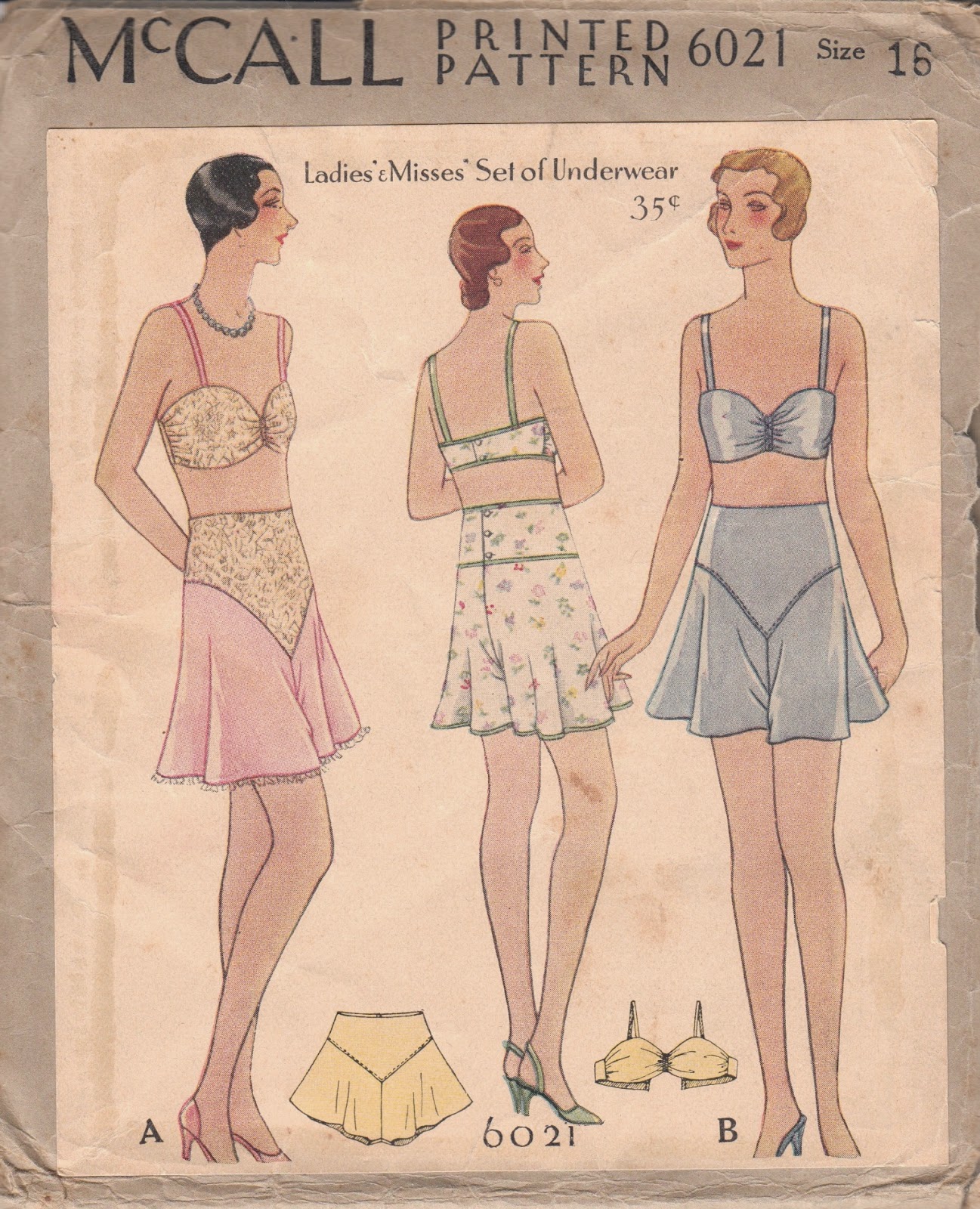Plaid Homespun Skirt
So I had my petticoat, my shirtwaist, and all my accessories ready for my interpretation of a Portuguese marketwoman of the late 19th century/early 20th century...but what about my skirt?? Making this skirt was a mad rush before the event (as most sewing tends to be!), and took me only about 6 hours to complete, which included cartridge pleating 5 yards of material!
The following 20th century photos are from Trajar do Povo Em Portugal, a Facebook page which documents clothing worn in Portugal by all social classes during the 19th and 20th centuries:
 |
| Sardine vendors from Leiria, Portugal |
 |
| Woman selling milk in Lisbon, Portugal |
 |
| Marketwoman eating a snack in Lisbon, Portugal |
The historical accuracy of the skirt is, in my opinion, extremely high. The skirt was sewn cut edge to cut edge, with a 9 inch long gap left at the top of the seam. As mentioned above, my skirt has a 10 inch tall hem facing made from blue Kona cotton, as found on many extant skirts and nearly all modern reproductions. Two 1 inch wide horizontal tucks above the facing keep the skirt at ankle length--the fabric was never cut, just adjusted to my size to reduce waste. The raw edges of the bottom of the skirt and facing are enclosed in 1/2 inch wide grey double fold bias binding, also seen on period and repro pieces, as a way to reduce wear on the skirt fabric itself.
To create the cartridge pleats, I folded 3 inches of fabric down, creating two layers of fabric at the top of the skirt to add dimension to the cartridge pleats. I then sewed four lines of running stitches every half inch (Warning: this process takes forever). I finished the top of the skirt with grey double fold bias binding, which extended into waist ties.
 |
| In this photo, you can see the grey double fold bias binding which encloses the hem, and my embroidered patent leather mules! |
This skirt was easy, inexpensive, and authentic. In my opinion, it captures most accurately the experience of a home sewer of the late 19th century/early 20th century in Portugal and other rural areas. The skirt is dramatic, durable, and cost less than $20 to create, including notions!
Have you ever worked with homespun fabric before? Share your projects in the comments section below!






